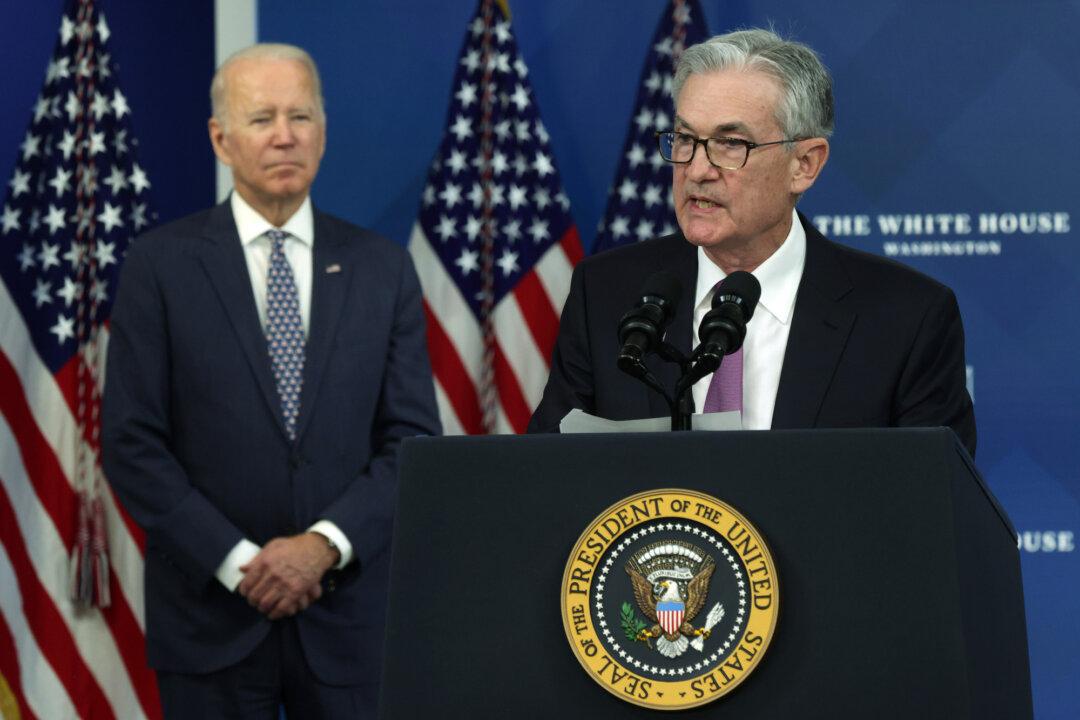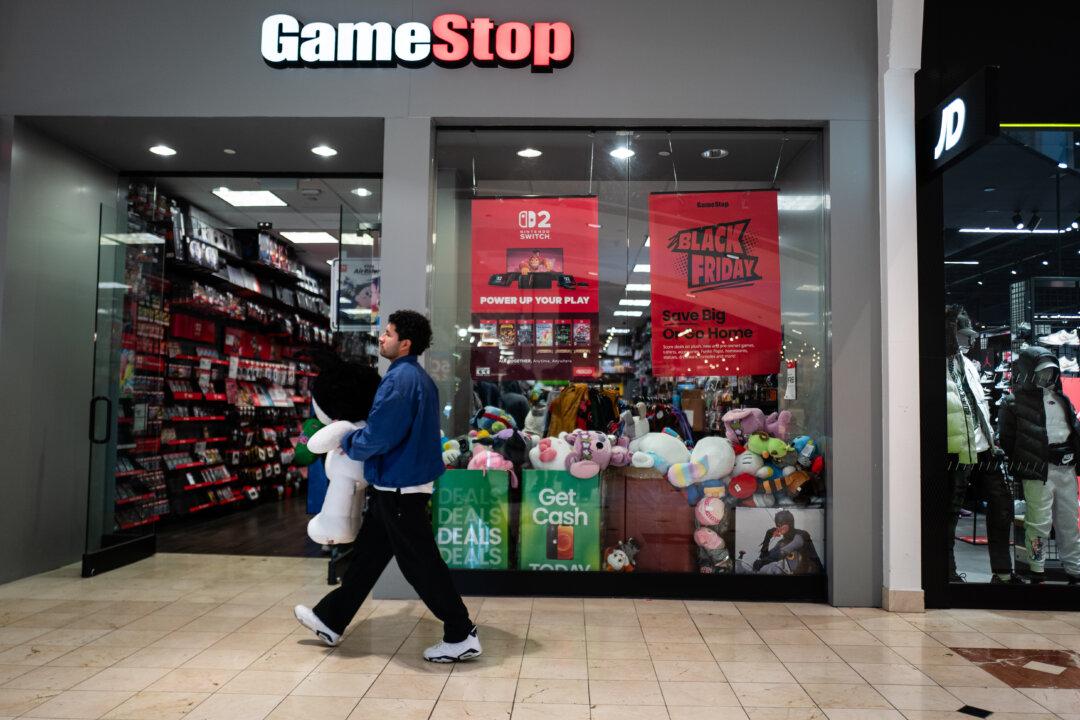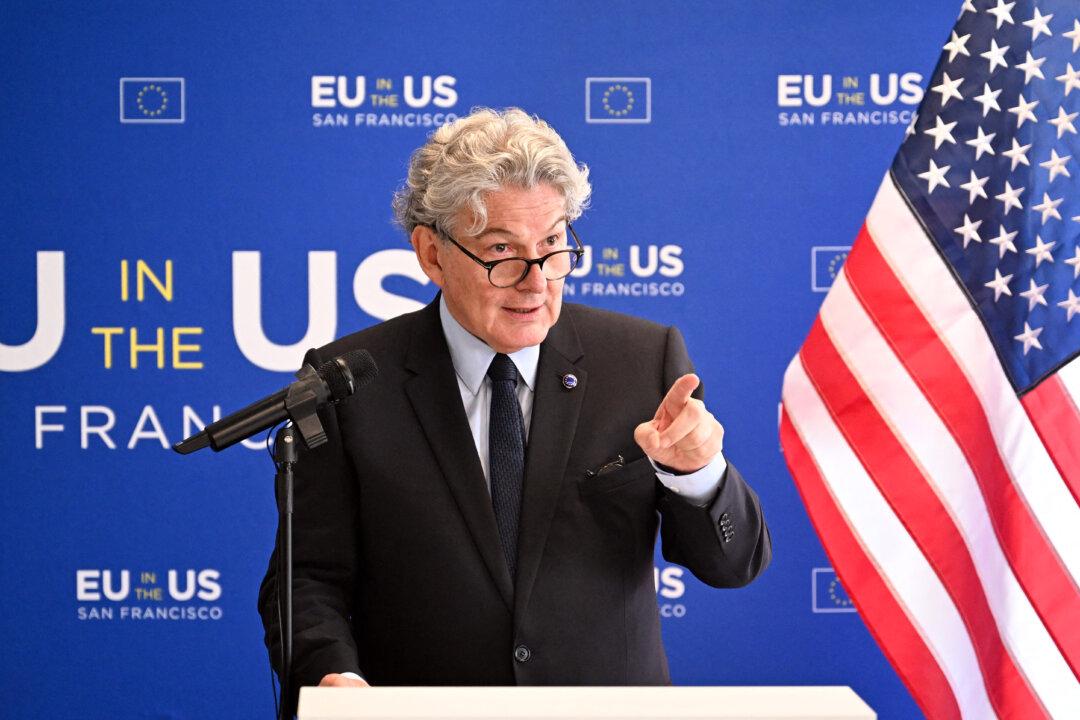Federal Reserve Chair Jerome Powell, newly appointed for a second four-year term as chief of the central bank, said on Nov. 22 that he would use the Fed’s arsenal to prevent inflation from becoming a more permanent feature of American life.
Powell made the remarks at a White House press briefing at which President Joe Biden announced his reappointment while also nominating Lael Brainard, member of the Fed’s governing board, to serve as Federal Reserve vice chair.





